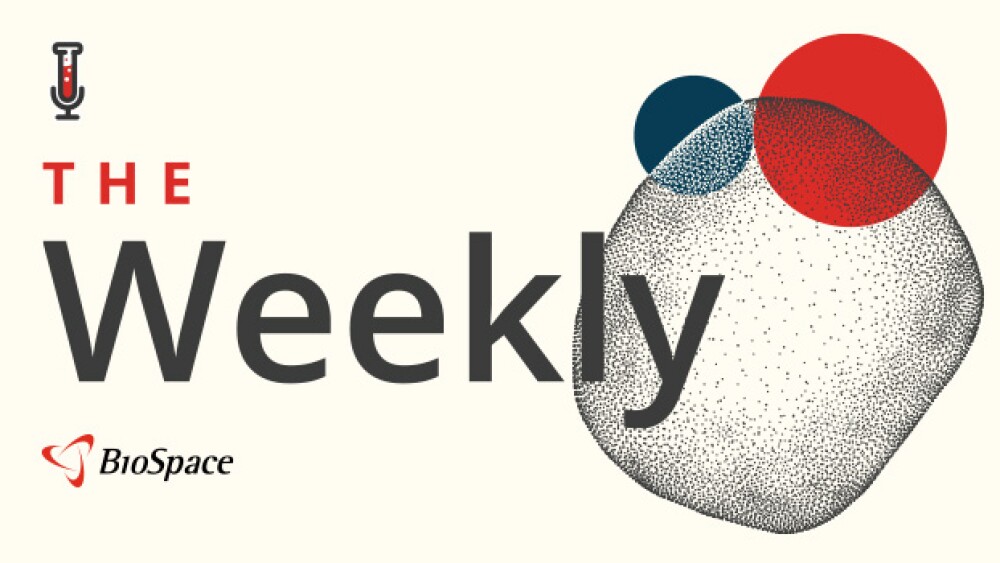Life is full of twists and turns, but there are always new opportunities around the corner, even when we hit the pause button on our careers. Getting back into the industry doesn’t have to be scary or overwhelming. You can have a successful job search if you take a step-by-step approach.
Let’s face it, most career paths aren’t linear. Whether you experienced a layoff or took a step back to raise children, care for a loved one or explore a new career path outside the industry, it’s more common than you think to try to return to the life sciences industry after some time away.
According to Harvard Business Review “Nearly four in ten highly qualified women (37%) report that they have left work voluntarily at some point in their careers. Among women who have children, that statistic rises to 43%.” I experienced this personally. I made an unexpected career pivot back into recruiting in 2014 after 10 years of working in the field for one of the largest pharmaceutical companies in the world.
We all have our reasons for making changes or taking breaks. Mine was due to a health scare. In 2013, I was diagnosed with Stage 2 renal carcinoma, a.k.a. kidney cancer. There’s nothing like getting cancer to stop you in your tracks and make you reevaluate what you want to do with your remaining days. Luckily, there was a surgery and the tumor was removed. I was even luckier when, three months later, I found out I was pregnant with my fourth child at the age of 44.
Life is full of twists and turns, but there are always new opportunities around the corner, even when we hit the pause button on our careers. Getting back into the industry doesn’t have to be scary or overwhelming. You can have a successful job search if you take a step-by-step approach. Here’s how:
1. Write a Comeback Resume (or Two)
Chances are that while you’ve been away, competition for the most coveted positions have increased. After all, the biotech and pharma markets are volatile with a capital V. Set yourself up for success with a strong resume.
- Make sure your resume is optimized with keywords that are used in the job description of the position you’re applying for so that you don’t get kicked to the curb by a not-so-friendly Applicant Tracking System (ATS).
- Submit a resume that’s modern and pleasing to the eye so that it’s easily scannable by a hiring manager or recruiter--but not overdone. No fancy graphics, colors or fonts. Think bullet points and white space.
- Get specific. Have you worked in certain disease spaces, utilized specific technologies or worked with specific hospitals and institutions? Name them.
2. Warm Up and Grow Your Network
Time may have passed since you last reached out to your network, but there’s no time like the present and I’ve found that most people genuinely like to help other people. It’s all in the approach.
Whether you reach out via email, social media, phone or text, start with a compliment to make someone smile. It’s the best way to get someone to spend a little more time with your message and it will increase your chances of receiving a reply.
- Make a goal of sending a set number of emails per day (you could start with two).
- Find people you know at the company or people that know people – ‘Six degrees of Kevin Bacon’ is a thing on LinkedIn too.
- Before you ask someone for something, warm them up and try to add value. For example:
Hi Joe,
Congrats on your new position at [Company]. They are lucky to have you onboard! I really enjoyed your post yesterday about their pipeline and it looks like they are poised to make a significant impact in the [disease] space.
Make sure to demonstrate that you’ve done your research, because no one likes getting a form email. Personalize it and be sure it doesn’t come across as random or generic. Remember to showcase how you can help them to show that it’s not just about what you need from them.
Don’t forget to reach out to old colleagues or others in your network to let them know what you are up to and what you’d like to do next.
3. Proactively Reach Out to Recruiters
Recruiters are generally working on specific searches. They are on the hunt for specific profiles to meet their clients’ needs. However, it’s always a good idea to get on their radar.
Approach them in a similar style to your networking efforts:
- Research recruiters who specialize in your field. Ask others in similar positions if they’ve worked with recruiters in your specialty--get referrals!
- Reach out on LinkedIn: Introduce yourself, mention a top accomplishment and how you can help a potential client of theirs.
- Make it easy to work with you by sending your resume via email or LinkedIn.
Entering back into the workforce is possible and it doesn’t have to feel like you’re climbing a mountain. You can make it manageable and easier by following a step-by-step process. Do your research, update and prepare your key career marketing materials (LinkedIn profile and resume), engage with and grow your network and reflect on what you have to offer. Show up consistently for yourself every day, moving the needle forward with positivity, energy and confidence.
Yaffa Grace,MPH is the founder of Yaffa Grace & Co, a Biotech recruitment + career services firm connecting the best candidates with the best companies (https://www.yaffagraceco.com)





